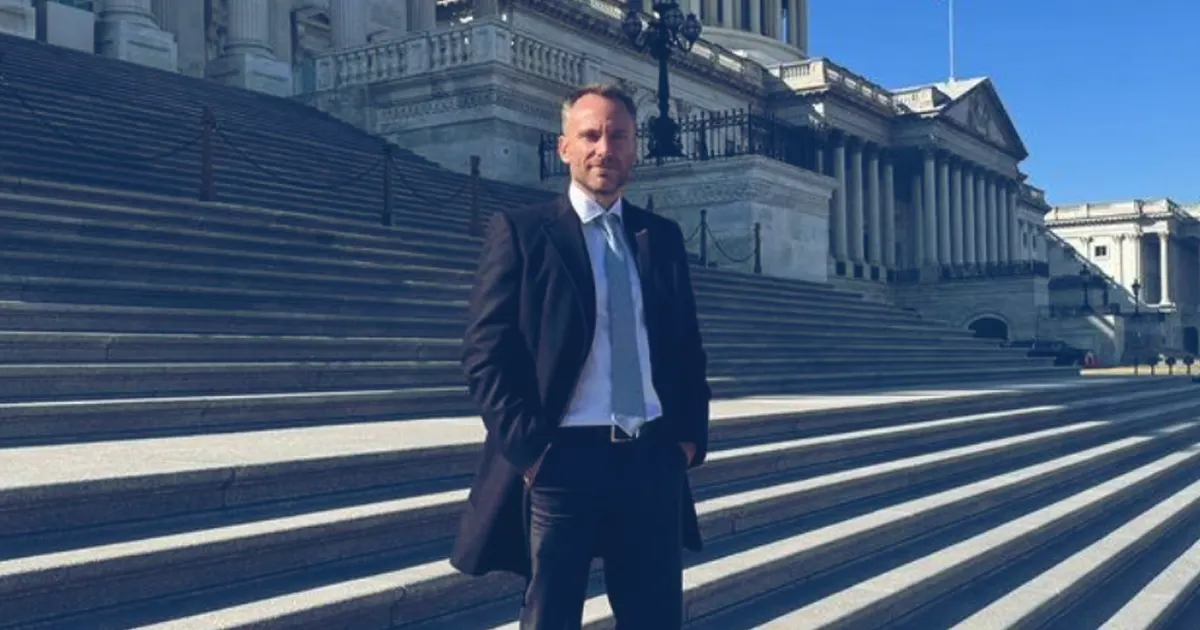17-4-2025 – A seismic shift is underway in the U.S. financial landscape, as Bank of America’s CEO, Brian Moynihan, has signalled the institution’s readiness to launch a stablecoin, contingent on Congress establishing a clear regulatory framework. His declaration, made on 26 February, has reverberated beyond mere headlines, spotlighting the intensifying race among traditional banks, tech titans, and crypto pioneers like Tether and Circle to dominate a nascent stablecoin market that could swell to trillions of dollars globally.
At the heart of this contest lies a fierce lobbying effort, with Bank of America collaborating through trade bodies such as the Bank Policy Institute and the American Bankers Association to shape pending stablecoin legislation. Sources familiar with the matter reveal that the bank is advocating for rules that would empower established financial institutions to issue dollar-pegged digital tokens while curbing the ability of nonbank entities—think Amazon or Meta—to enter the fray.

One insider articulated the rationale: “A retail giant with access to your banking data could exploit it for intrusive, anti-competitive marketing.” This separation of banking and commerce, enshrined in longstanding U.S. policy, is absent in current stablecoin proposals, prompting banks to push for amendments to the Senate’s GENIUS Act and the House’s STABLE Act, both of which permit “qualified” nonbanks to issue stablecoins.
The stakes are monumental, as stablecoins promise to revolutionise digital payments by offering cost-effective, transparent, and secure transaction rails for consumers and institutions alike. Yet, the legislative debate is exposing a territorial tug-of-war. Banks, including Fidelity Investments, Goldman Sachs, and BNY, envision a future where they control the stablecoin ecosystem, leveraging their vast customer bases to outmanoeuvre open networks. A Washington, D.C. lobbyist remarked, “Banks want to own the entire pie, not share it.” Meanwhile, nonbank issuers and crypto natives argue for a level playing field.

Tether’s CEO, Paolo Ardoino, warned that restricting stablecoin issuance to banks would stifle innovation, asserting, “If a firm like Meta can deliver transparency and user protections, there’s no justification for barring them.” Polygon’s Aishwary Gupta echoed this sentiment, urging regulators to prioritise reserve management, transparency, and consumer safeguards over the issuer’s corporate pedigree.
The rivalry between Tether and Circle, the market’s leading stablecoin issuers, adds another layer of intrigue. Circle, with $60 billion in USDC tokens, has positioned itself as a compliant, U.S.-based player, boasting reserves primarily in U.S. Treasuries and cash deposits, subject to rigorous third-party audits. Tether, commanding $145 billion in USDT, operates outside the U.S. and employs a more eclectic reserve mix, including Bitcoin and precious metals, which has drawn scrutiny from U.S. authorities. Jennifer Schulp of the Cato Institute noted that legislative drafts appear tailored to Circle’s model, with stringent reserve and auditing requirements that could challenge Tether. Circle’s proactive engagement on Capitol Hill contrasts with Tether’s recent U.S. overtures, including Ardoino’s stateside visit and plans for a U.S.-focused subsidiary targeting institutional clients.
Congressional deliberations are further complicated by political currents. President Trump’s support for nonbank issuers, including his own World Liberty Financial’s stablecoin venture, has sparked concern among Democrats like Rep. Maxine Waters, who warned of conflicts of interest and the risks of commercial giants like Walmart or Elon Musk’s X launching stablecoins. Rep. Stephen Lynch cautioned that nonbank stablecoins could erode bank deposits, hampering lending to consumers and businesses. Conversely, Rep. Bryan Steil, co-author of the STABLE Act, champions a market-driven approach, arguing that competition fosters innovation and benefits consumers.
The outcome of the GENIUS and STABLE Acts will shape the competitive contours of the U.S. stablecoin market. While the Senate’s bill leans permissive towards foreign issuers, the House’s version demands stricter adherence to U.S. laws, potentially sidelining players like Tether. For now, the battle lines are drawn, with banks, tech firms, and crypto incumbents vying to define the future of digital currency in America—a contest where regulatory clarity will crown the victors.


